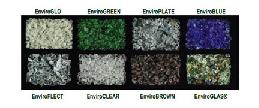Michael Jantzen is a well-known designer and artist whose work has been published in numerous magazines, books and newspapers namely, Architecture magazine, Architectural Digest, Architectural record, House Beautiful, wired, Newsweek, Popular Science, World of Interiors, The New York times, the LA Times, Brave New Houses, Architecture in The 20th Century and many others. Along with this, his work has also been featured on various TV and radio programs.
Jantzen’s work continued to gain national attention as he began to explore the possibilities of utilizing alternative energy systems in architecture.
Recently we had him with us, through an email interview, context of which goes as follows…
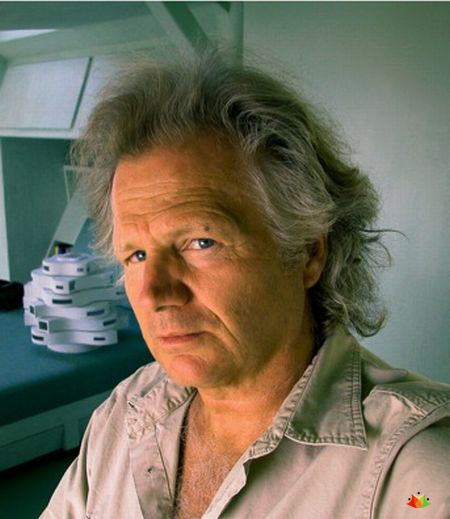
1. When did you actually realize that you have an inclination towards designing?
Michael: When I was 11 years old, I started to make art.
2. What made you come up with wind shade roof concept?
Michael: This is part of the work that explores ways in which alternative energy gathering and storage systems can be integrated into architecture in an interesting and even an exciting way. For some time I have been aesthetically interested in creating architecture that has certain kinetic elements, elements that contrast the normal static forms of most architecture. It was only logical for me to make these kinetic elements also generate electricity from the wind to power the structure itself. In case of the wind shade roofs, I liked the idea that the wind turbines could also be used as a kind of kinetic cladding that would also shades the space under the roof.
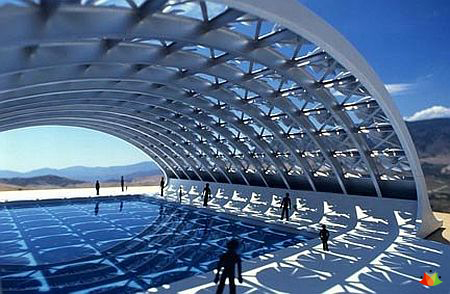
3. I assume that you have special affinity with the dynamics of change, this is what impression I receive after I went through your projects like Spiral Pool Pavilion, Wind Shaped Pavilion, Backyard/ Office Studio, M- House, to name a few, how far I’m true is holding such an assertion?
Michael: Yes I like very much the aesthetics of dynamic change in architecture. I also see it as a very efficient way to design a structure so that it can adapt to the changing needs of the occupants. Also in the case of many of my structures, I like to design a kit of parts that can be put together in many different ways. In this way, a relatively few number of components can serve many different functions for many different people. These structures can be various sizes, and shapes, and they can be altered in time to accommodate changing needs. In addition, when it is time to recycle the structures, they can easily be taken apart and reassembled into different kinds of spaces without destroying the basic components.
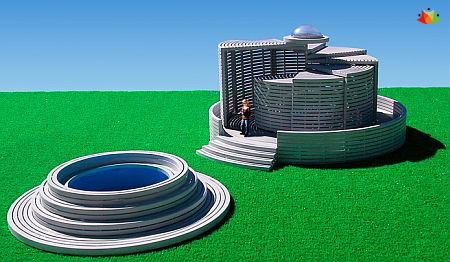
4. What is the difference between Dr. David Fisher’s rotating towers and your Wind Shaped Pavilion?
Michael: The shape of my wind shaped pavilion is designed to be altered randomly by the wind, and the central core of the space does not move. It can be used for many different kinds of activities; also the movement of the different segments would generate electricity as they move in the wind. The other structure you mention do not move with the wind and generate power with separate built in wind turbines and photovoltaic cells, as I understand them.
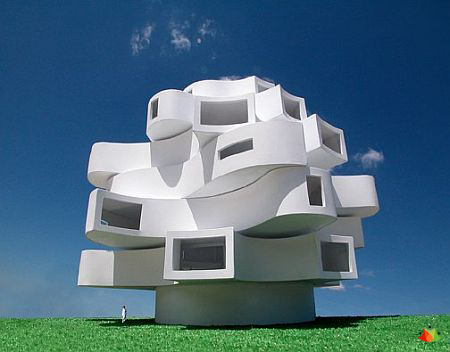
5. What are the main determinants in the design process for you?
Michael: Most often I try to invent systems of components and other elements that generate form and facilitate various functions. I try not to allow styling issues to dominate my designs. I let the aesthetic evolve from the function and I try to do all of this without the constraints of conventional thinking, in order to create meaningful alternative solutions to various design challenges.
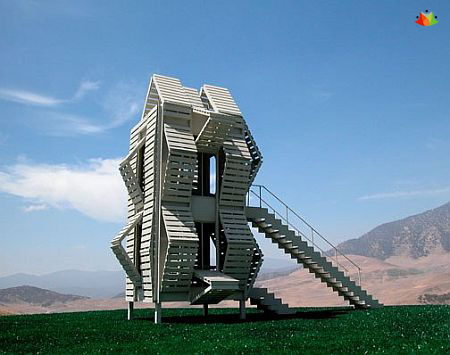
6. What other methods are utilized to formulate eco-friendly architectural design concepts other than alternative energy gathering and storage systems?
Michael: I also try to consider the life cycle ramifications of the components used. Energy used in their manufacturing, original material sources, etc. Again aesthetics are very important to me, how can the architecture be designed visually so that it’s look alone can inspire others to think more deeply about environmental issues and the interdependence of all live.
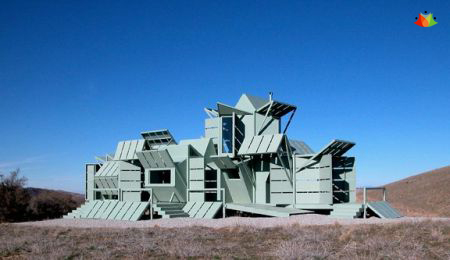
7. Don’t you think that concretization of The Wind Shaped Pavilion would be nearly impossible especially from the technical aspect. Is it possible to carry out all the functions simultaneously, without interfering in each other’s mechanical approach, I mean, movement of segments around a central open support frame and taking the elevator, won’t that be a dangerous job?
Michael: This design is often misunderstood. As I said earlier, only the facade of the structure (which would be made of lightweight steel and fabric) moves in the wind. All of the contain functions would be housed in the central core area that can be fitted with various levels, elevators or whatever is needed to accommodate the needs of its occupants.
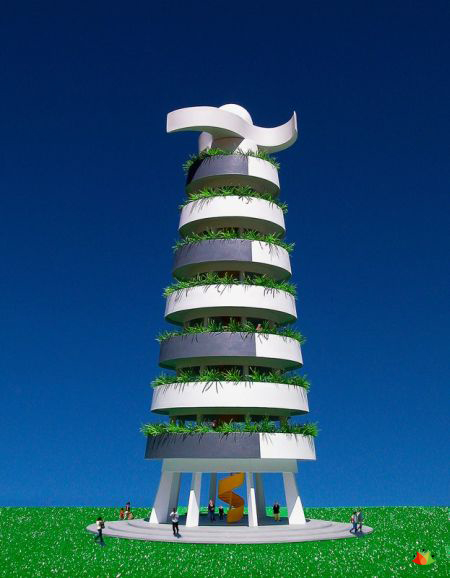
8. Your concepts are ahead of present day times, in the sense that the designs have futuristic undertone, what do you have to say in this regard?
Michael: Most of my design concepts can certainly be built today. The aesthetics are futuristic but this is the only way I want to design. I have no interest in rehabbing the past, I want to see what else can be done. I want my work to inspire people to think differently about everything. I want my work to help inspire future generations to design solutions to global problems without the constraints of conventional thinking.

9. Your innovative concepts have triggered a kind of ‘mechanical’ approach to civil construction, how far you agree with me?
Michael: Yes I guess this is true, I really want to design things that can work, and therefore help to make the planet a better place for everyone, not just the rich!
10. Any maxim you’d like to leave for our readers?
Michael: Don’t be frightened of innovation, embrace it!
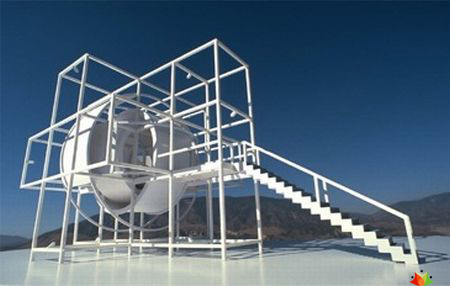
11. What are your current obsessions and preoccupations? What do you think the Next Big Thing will be?
Michael: I am very much involved with the design of these public gathering places that also gather and distribute alternative energy to the communities in which they are built. I think this is a great way to introduce people to these sustainable forms of energy and at the same time provide a contemporary place for people to get reconnected in a positive way. I am also very excited about work I am doing that looks at how information technology can be used to supplement the need for certain physical material things, and therefore reduce some of the present earth resource consumption.
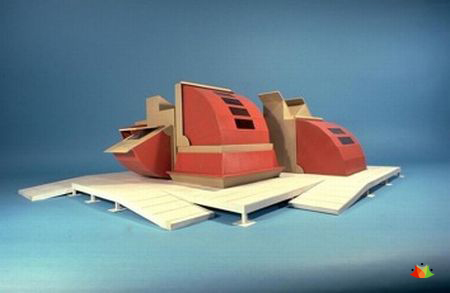
12. Finally I’d like to have your say on our Ecofriend channel?
Michael: I think that the present crises situation with our planet can be thought of as a good thing, if it awakens enough of us to the great design potentials available to solve our problems, but we need to act now! I like to think of this as a wakeup call, perhaps the last wake up call. In light of this, I recently started a non-profit organization called, the human shelter innovation institute (HSII). The mission of the HSII is to design, engineer, and prototype alternative human shelter systems without the constraints of conventional thinking. I am hoping to get this idea funded in order to continue my work.
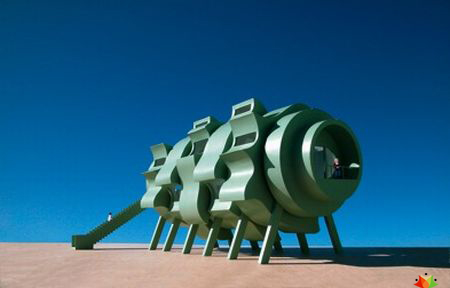
Quick bits:
You have been influenced by?
Michael: Nature, science, technology, and by people like Buckminster Fuller.
If you could live anywhere else in the world, where would you run to?
Michael: I really don’t care as long as I can continue to do my work. I also prefer to live in the country, i don’t like cities very much.
Is there any structure that you’ve been in that it was difficult to leave?
Michael: My m-house, oh you must mean other peoples structures? just kidding, I was very impressed with Frank Gehry’s disney concert hall when it first opened, especially impressed with the exterior of the structure.
If you weren’t an architect what would you be?
Michael: Well, I am not technically an architect, I have no architectural training at all. I consider myself an artist, designer, inventor, and researcher. I guess if I were not doing all of this, I would possibly become an electronic music composer. I am very inspired by the new electronic music and sonic art being created today.
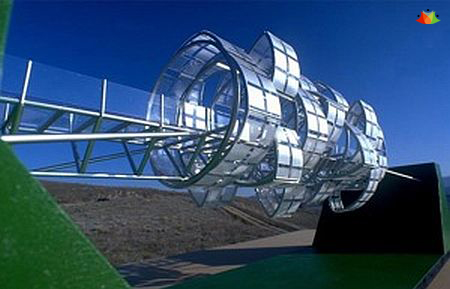
Thank you Michael for sparing out time in doing an interview with us, it is greatly appreciated, also I’d like to wish you success for all your future endeavors.



